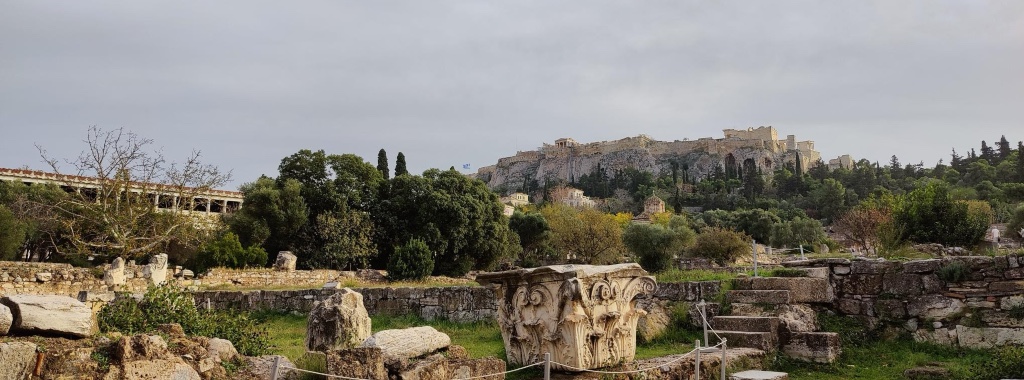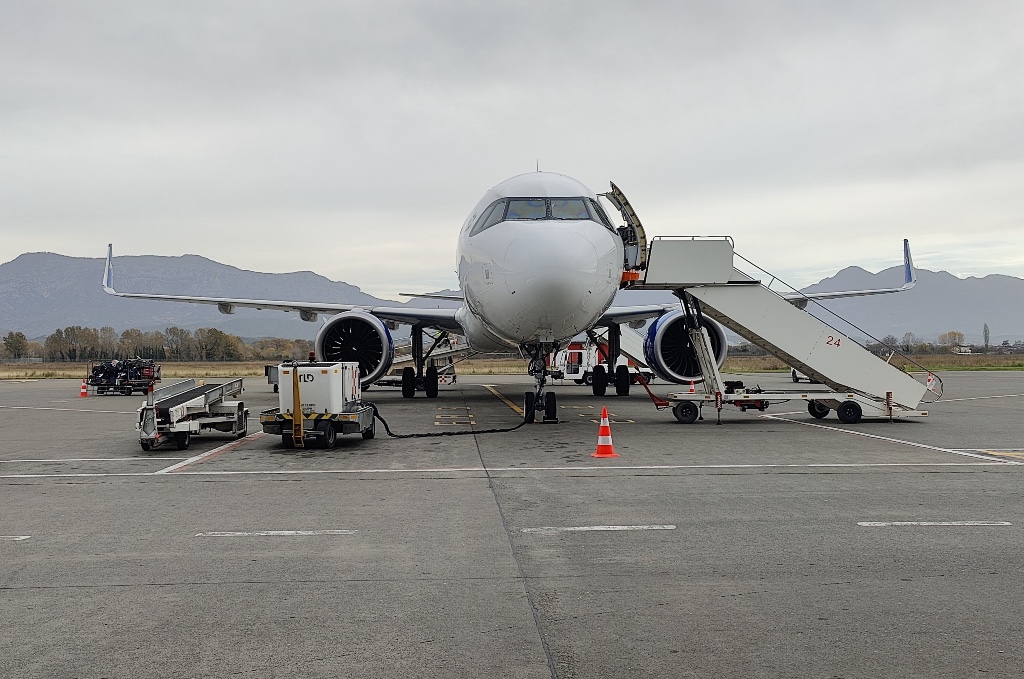
There are a few options from getting back to Tirana from Bar, most require you to take the train back to Podgorica first, then catch a bus back to Albania. Unfortunately, if you choose that route then your departure time from Bar would have to be the first train of the day (5:40am) to make the 10am bus to the airport in time. Otherwise, you would be stuck taking a bus back to the central station in Tirana which would then require you to take a taxi from there to the airport. Total travel time for the day so be close to 10 hours and not that much less cash than hiring a car. On season, the Hostel of Montenegro runs a transfer bus from Bar to the airport for only 40€ a ticket, but since we were leaving the last day they offered it there was no one else here to share the ride with. The transfer won’t run unless they have at least 4 passengers. The easiest way to travel is to hire a car through Hostel Montenegro, our driver Marko picked us up at our door and dropped us at our airport hotel for 140€. The ride is supposed to normally be 3 hours, but our fearless driver got us there in 2.5. The drive through the narrow mountain roads was scary at times, but the view completely made up for it. The border crossing took minutes instead of an hour, that along with the time saved on our journey was well worth the extra expense.
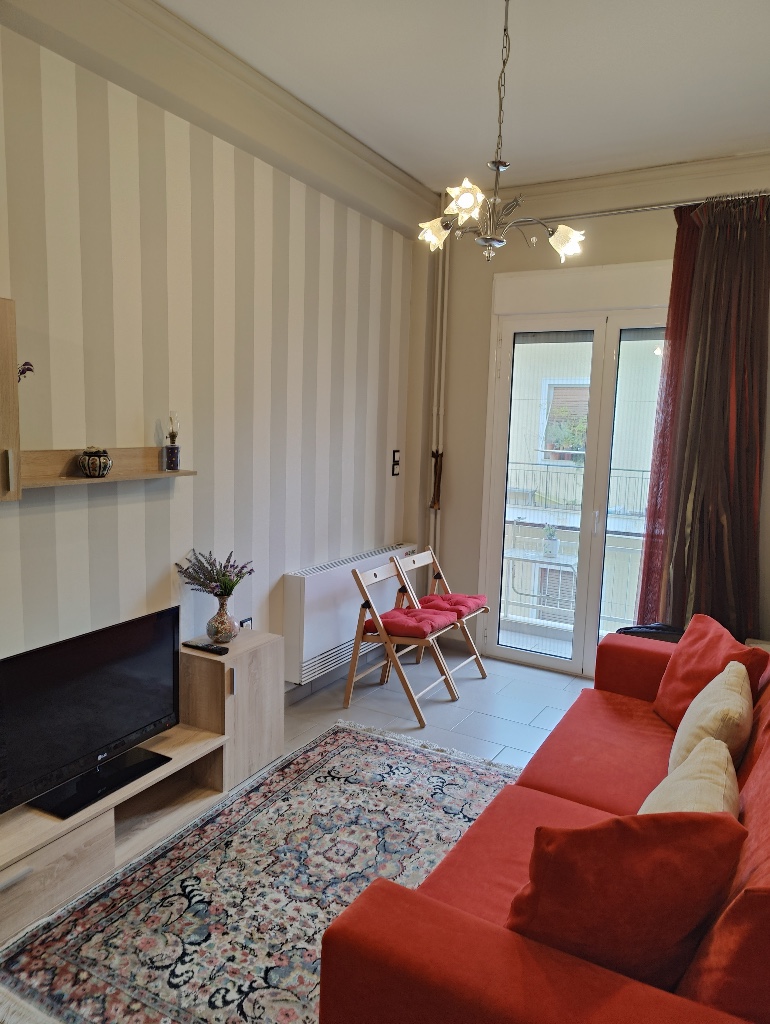
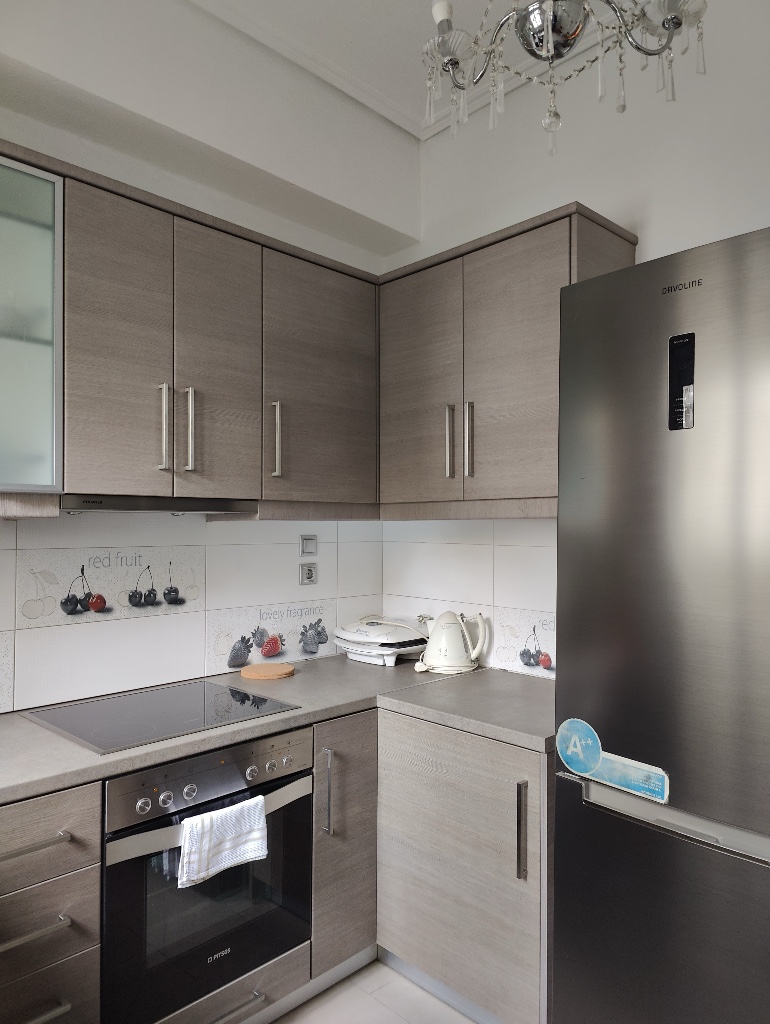
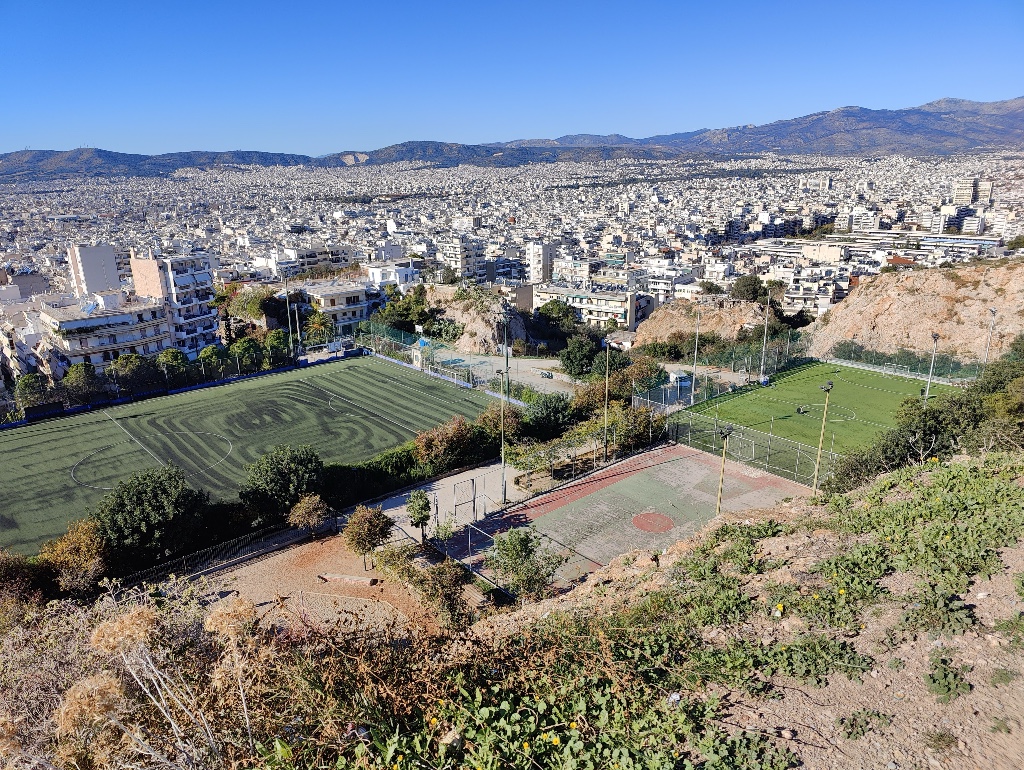
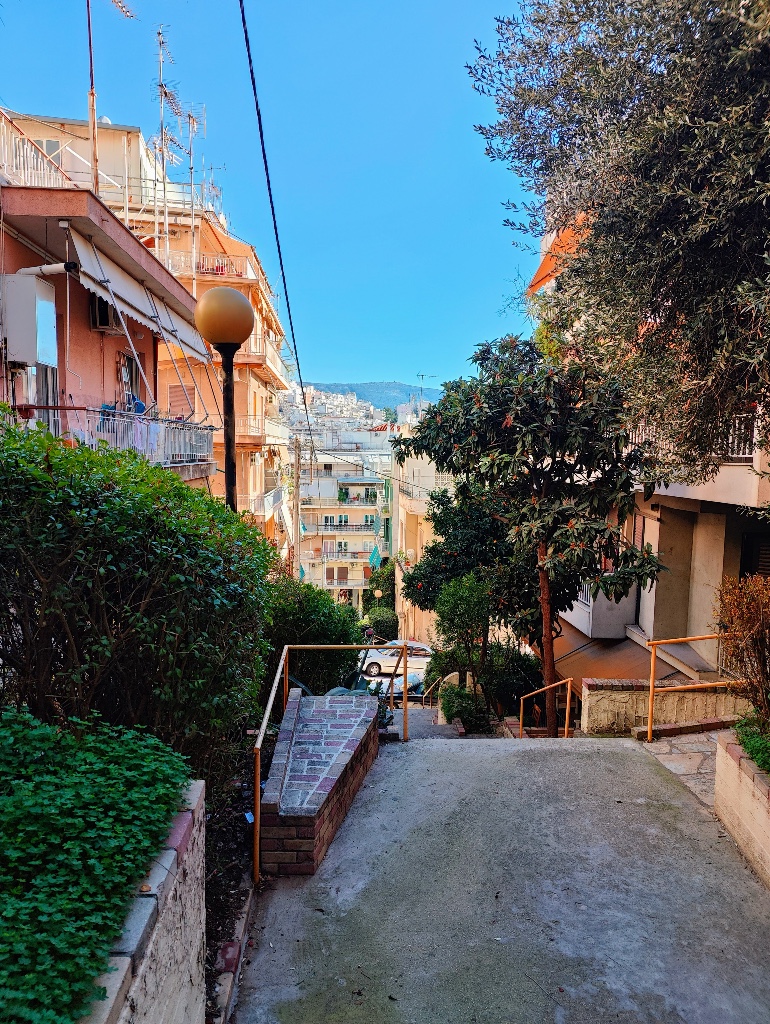
Our flight to Athens was really smooth the whole journey. Arriving at the airport two hours before our flight was overkill, our flight was a half hour shorter than expected and dozens of cabbies were waiting for fares outside the airport. Getting through customs was only 30min, they had a concierge directing traffic to open border agents, making the huge line move quickly and efficiently. Our lovely host agreed to meet us early, her parents live next door to us so she is there most every day. Our apartment is charming, we have a full sized kitchen, which is something we haven’t had since Sarande in Spring. I have been cooking on a two range electric stove in most places with a mini fridge, so this feels like absolute luxury. Our bed is comfortable and our showers have endless hot water, unlike the shared water experience and terrible mattress in Bar. It is amazing to be back in civilization where there are endless places to eat and explore.

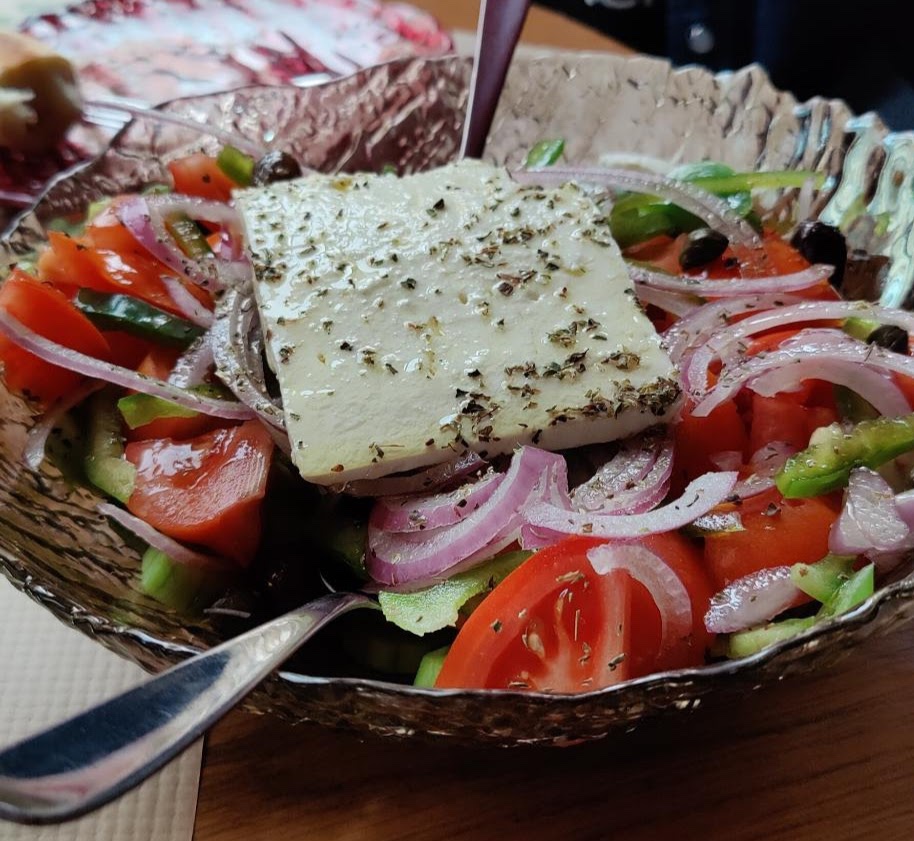
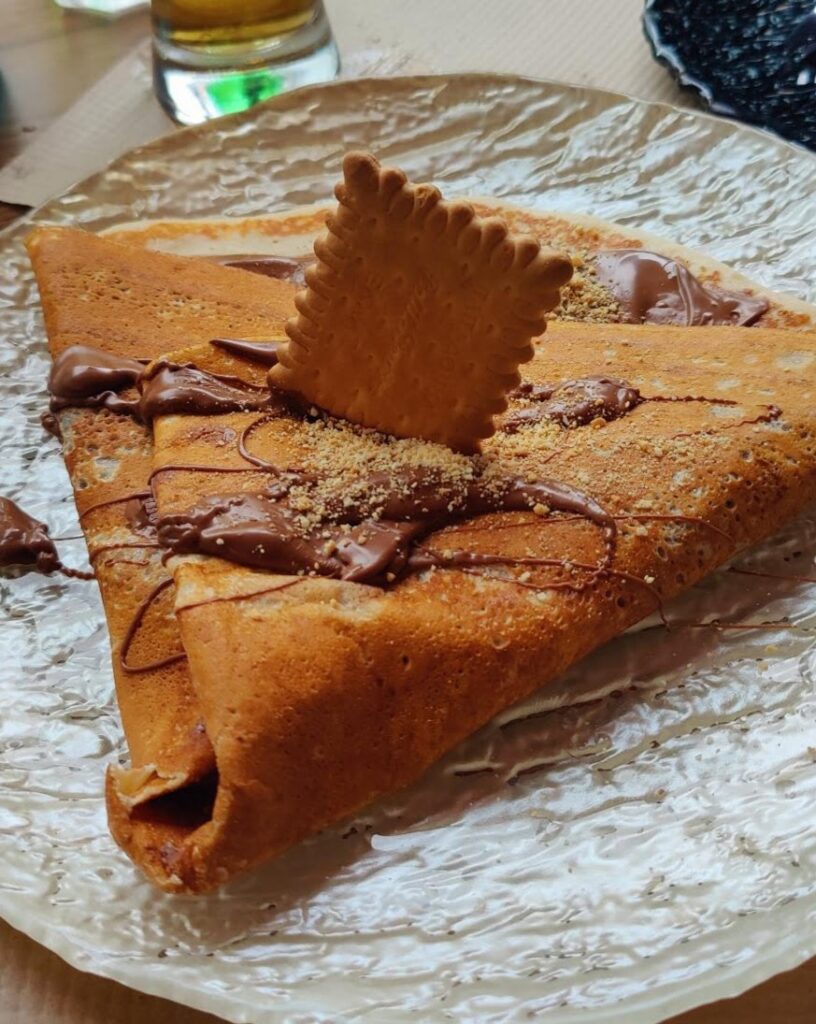
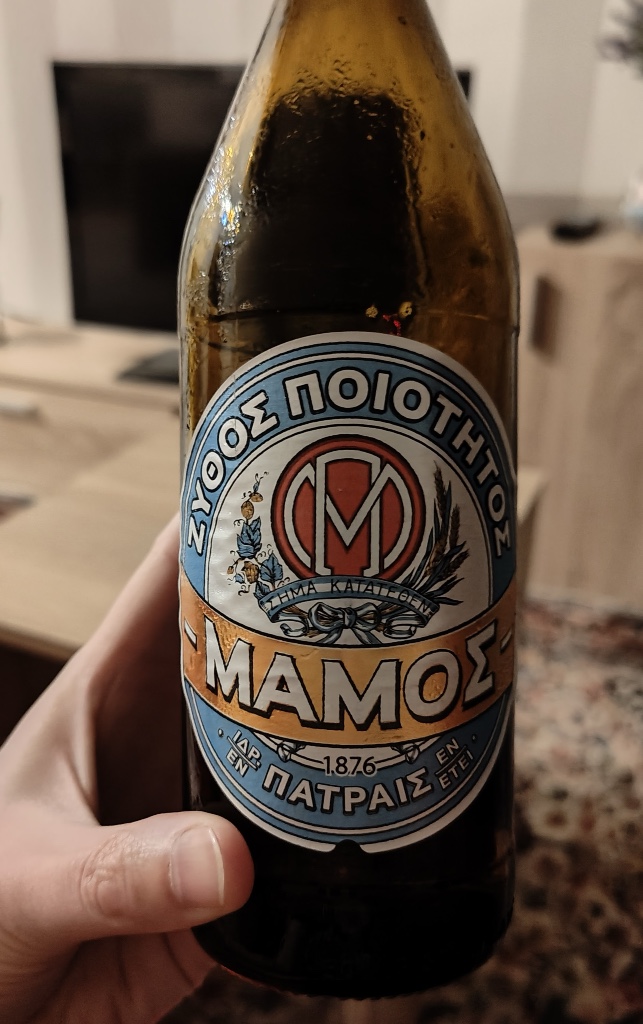
Our first night here we hit our local pizza place, Kati Allo. After our few days of travel it was necessary to have a good helping of vegetables and our first authentic Greek salad. The pizza was amazing and different than anything I have had. Chef said it was Canadian style, a lovely fluffy crust and generously topped with vegetables and olives. As a special treat our server gifted us a chocolate crepe. It was good that we hadn’t eaten that day, we couldn’t refuse their generosity and although already stuffed to the gills we managed to get it down. In the few short days we have spent here we have been showered with local treats and delicacies. Needing an afternoon coffee during our walk the following day the barista gave us Melomakarona, a honey and walnut biscuit flavored with orange, brandy, cinnamon and cloves. After our huge 20k trek the next day we were treated to a Raki from Crete while enjoying our much deserved Kaiser Pilsner, another favorite of the region. It is true what they say about the Greeks, they want you fed and happy. The sharing of food and culture seems so important here, everyone want you to have a full belly and truly enjoy yourself.
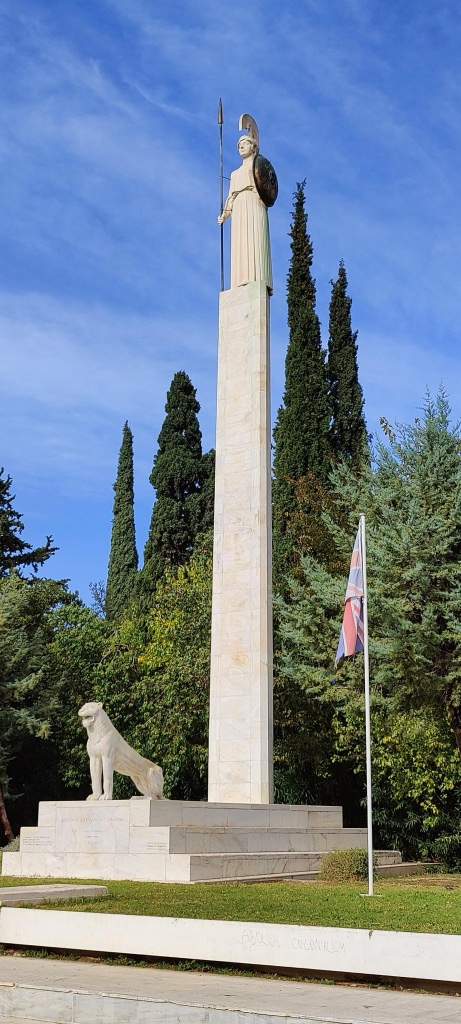
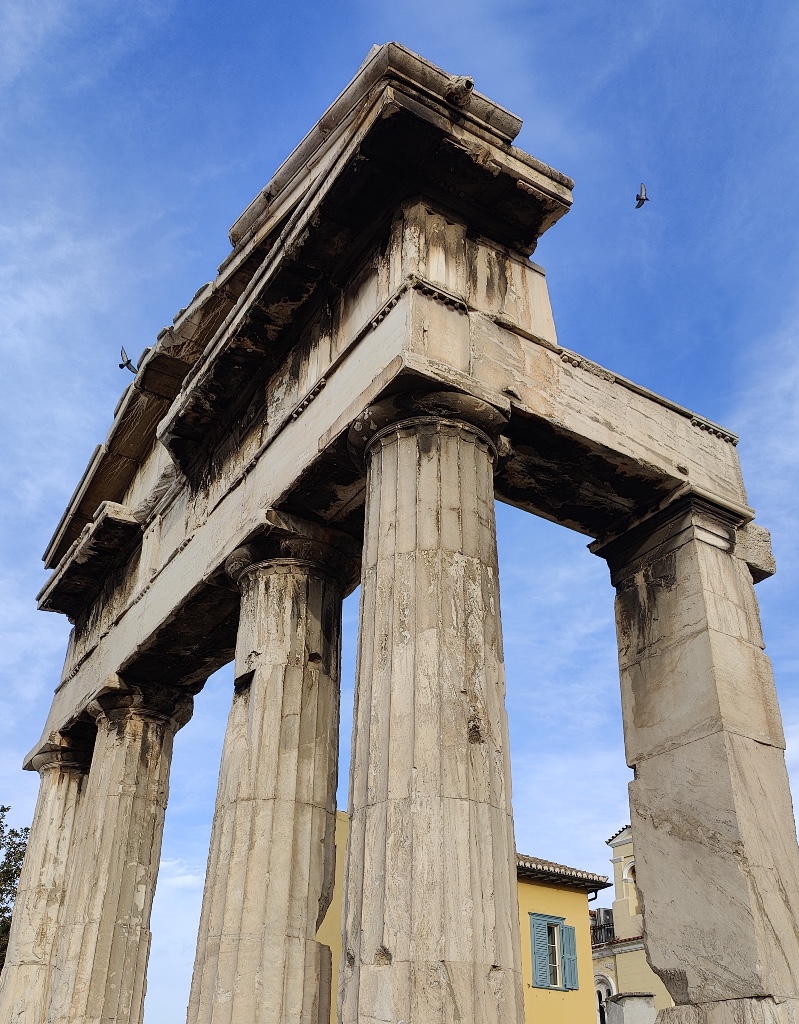
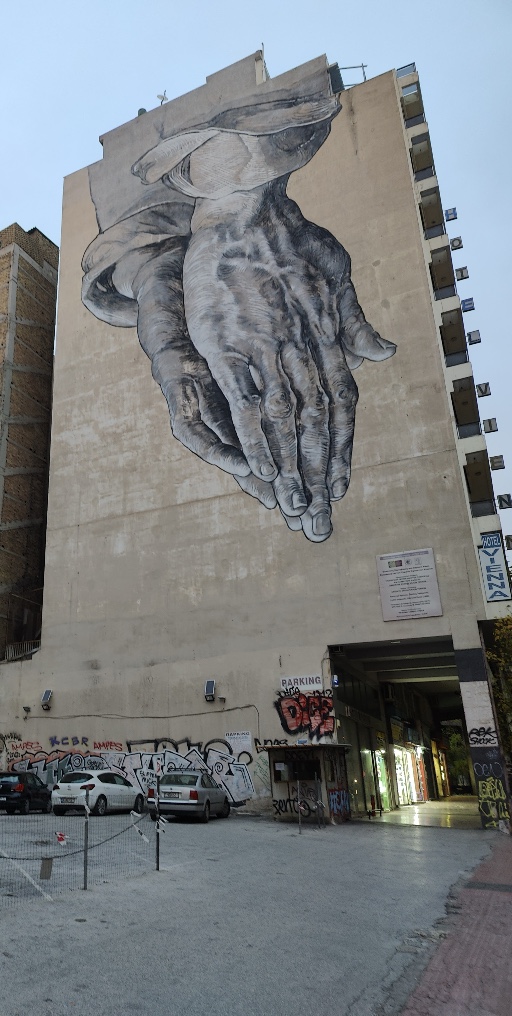
Our first day of exploration we snaked through the city’s sprawling streets to some incredible sights. The first being the statue of Athena, a replica located in The Field of Ares; a huge park full of Oleander, Palm and Mulberry trees. The First Sunday of each month the local archaeological sites and museums are free. Although we originally attempted to see the Acropolis, the wait was going to be over an hour, with thousands of people already at the site. From the outside you can see the Odeon of Herodes Atticus, a stone theatre completed in 161 AD. It was and is still used as a music venue that can seat 5,000 people.
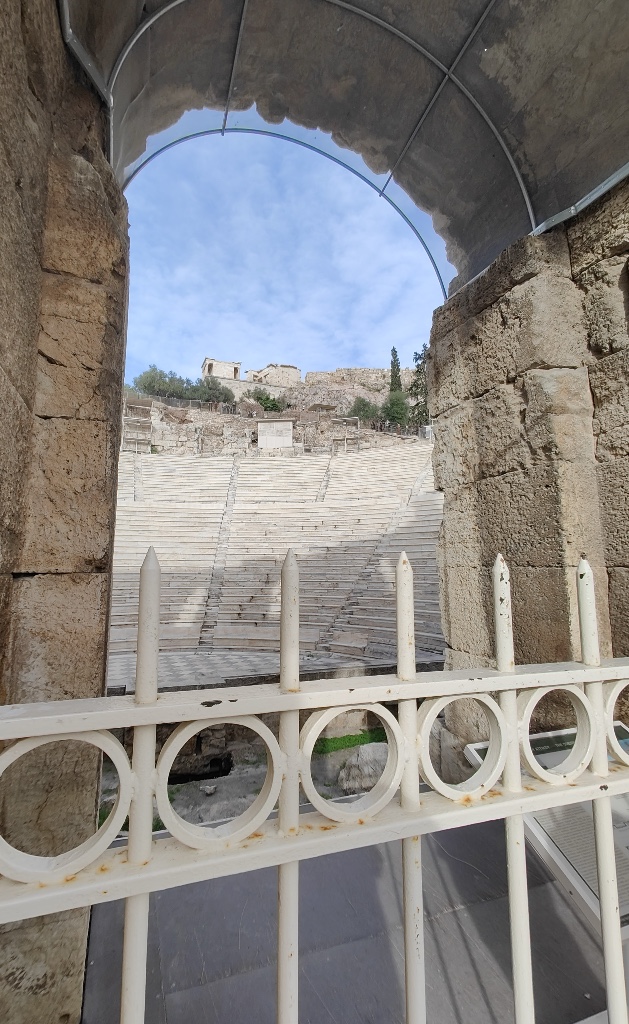

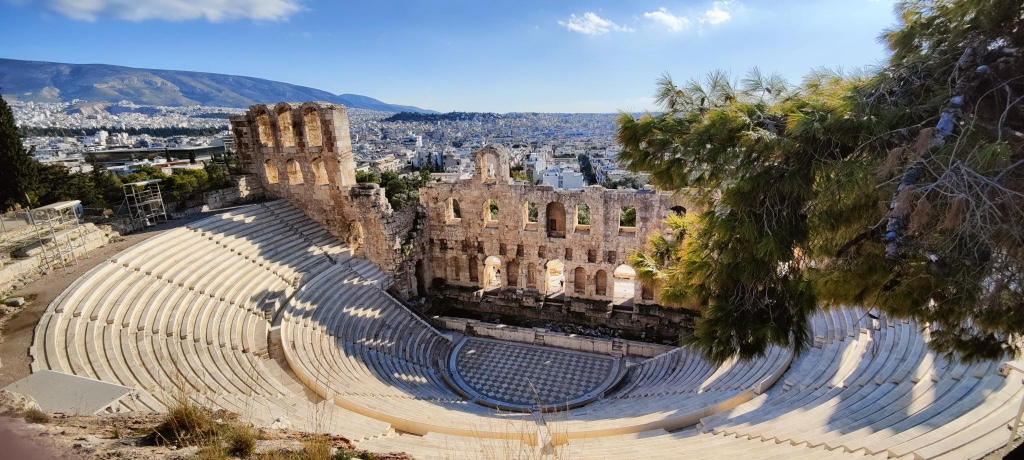
To avoid the crowds we decided to head to the Temple of Hephaestus instead, which was much less crowded and the sights incredible. Inside the grounds of the Roman Agora are the Church of the Holy Apostles of Solakis (10th century), the only monument in the area to survive intact other than Hephaestus. Stoa of Attalos Archaeological Museum was built by King Attalos II of Pergamon, who ruled between 159-138 BC. It was later reconstructed in 1952 by the American School of Classical Studies at Athens. Originally, it was the first and largest shopping center of antiquity becoming a main meeting point for Athenians. The Agora also houses the Roman Forum of Athens, an open air market built by Eucles of Marathon between 27-17 BC using funds from Augustus, fulfilling a promise made by Julius Caesar in 51 BC. Next to the forum is the Tower of Winds, a 12 meter tall octagonal structure created with Pentelic marble by the Greek astronomer Andronicus of Cyrrhus around 50 BC. The tower was originally used as a solar clock and also for weather forecasting. It has a combination of sundials, a water clock and a weather vane. The frieze depicts the eight wind deities according to their direction; Boreas (N), Kaikias (NE), Eurus (E), Apeliotes (SE), Notus (S), Lips (SW), and Skiron (NW).
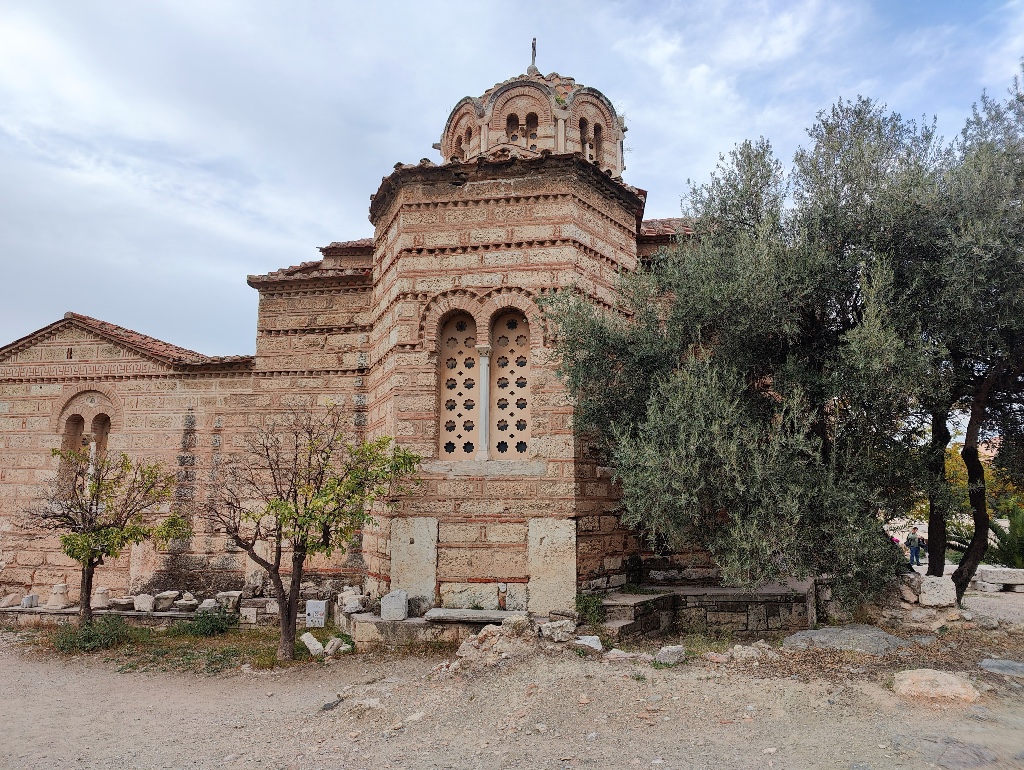
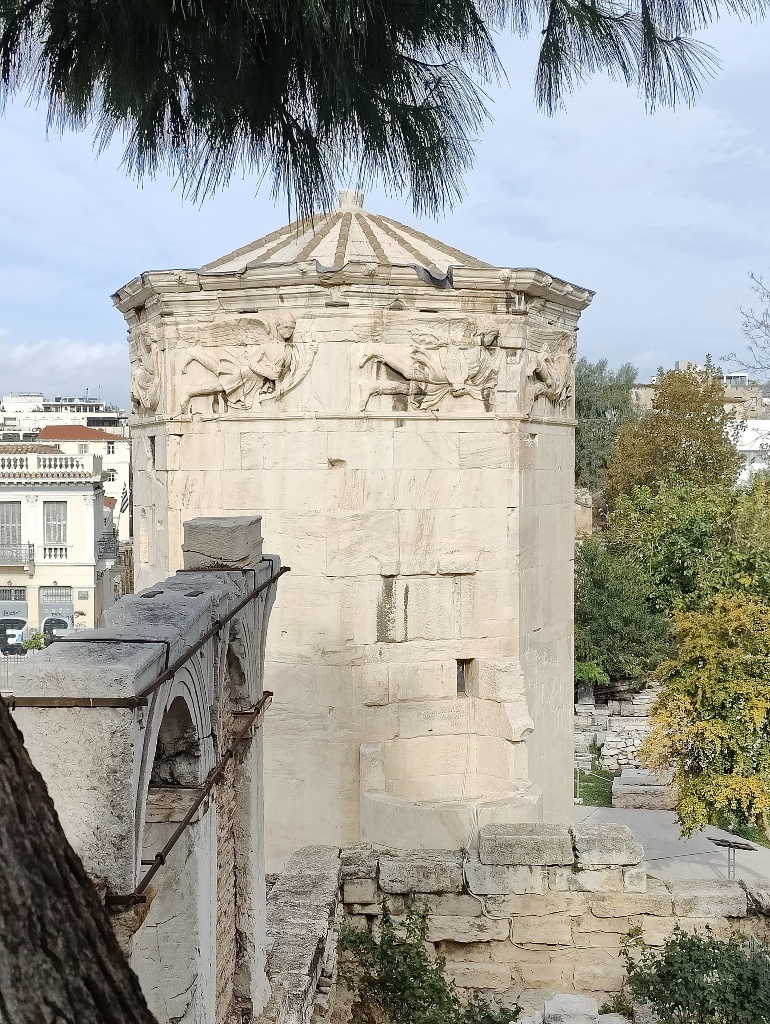


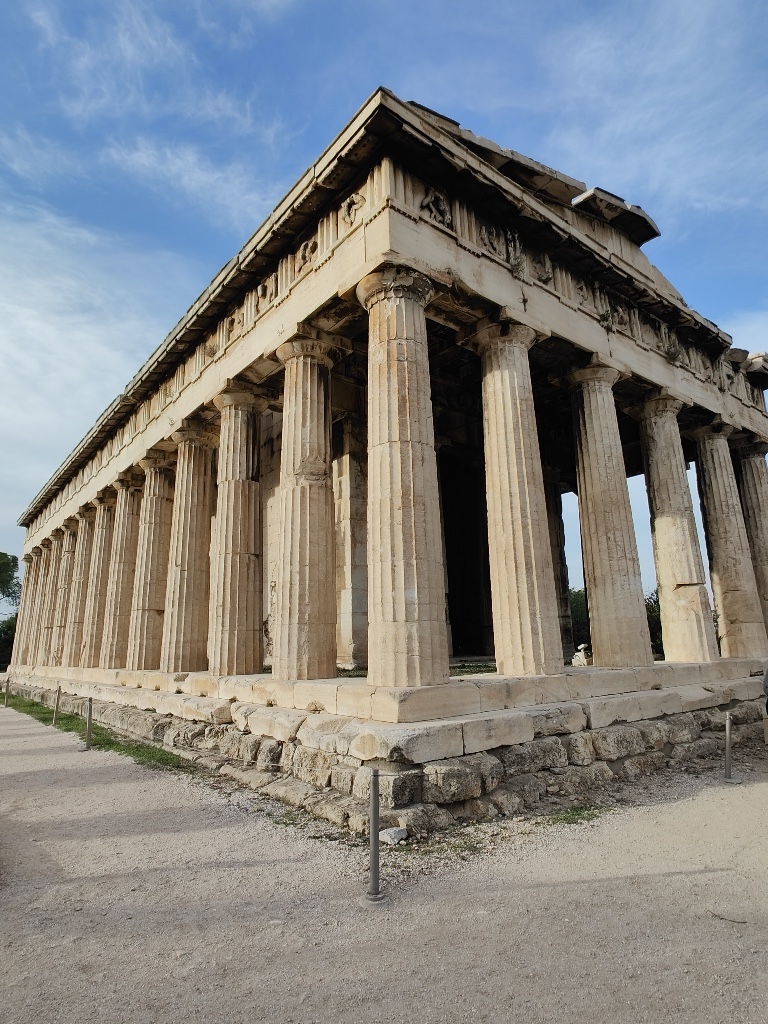
The Temple of Hephaestus is a Doric peripteral temple dedicated to the Greek god of artisans, blacksmiths, carpenters and craftsmen. It was used from the 7th century until 1834 for worship by the Greek Orthodox church of Saint George Akamates. In 1834, the first king of Greece, Otto I, ordered the site to be used as a museum and remained one for a century. In 1934, its status was reverted to an ancient monument site so archaeological research could be allowed. It remains one of the most well preserved sites from ancient Greece due to its varied use throughout history.
